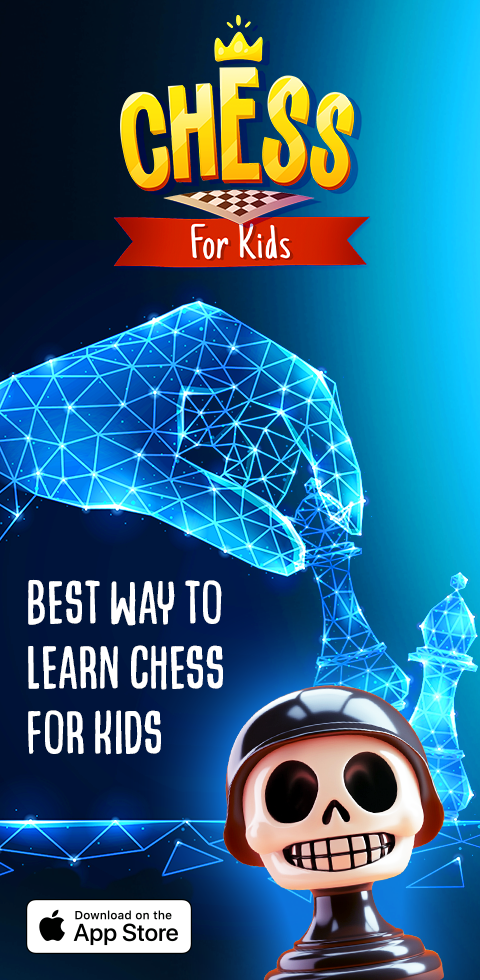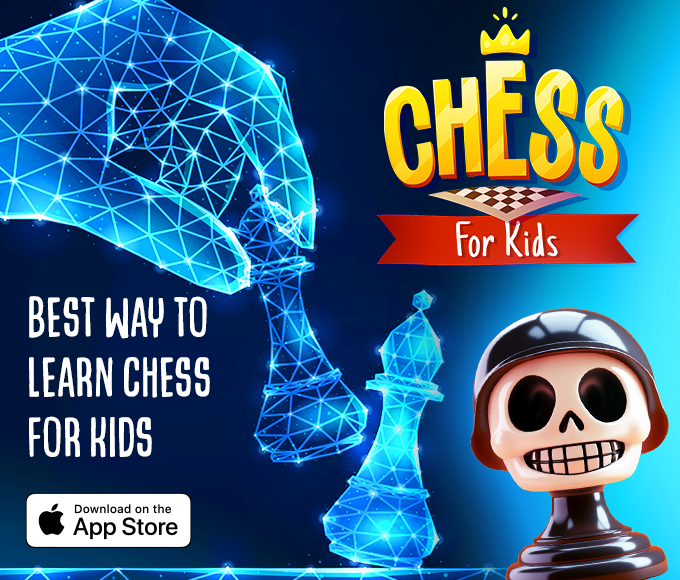Vocabulary enhancement Normal Two Letter Phonics Worksheets for Ages 7-9
6 filtered results
-
From - To
Enhance your child's vocabulary and phonics skills with our engaging Normal Two Letter Phonics Worksheets, designed specifically for ages 7-9. These worksheets provide fun and interactive activities that reinforce phonetic sounds through two-letter combinations. By focusing on essential vocabulary development, children will learn to recognize and use new words in context. The worksheets encourage independent practice while sharpening reading and comprehension skills. Perfect for classroom settings or at-home learning, these resources promote language proficiency and boost confidence in young learners. Start your child's educational journey today with our effective phonics worksheets tailored for enhancing vocabulary!
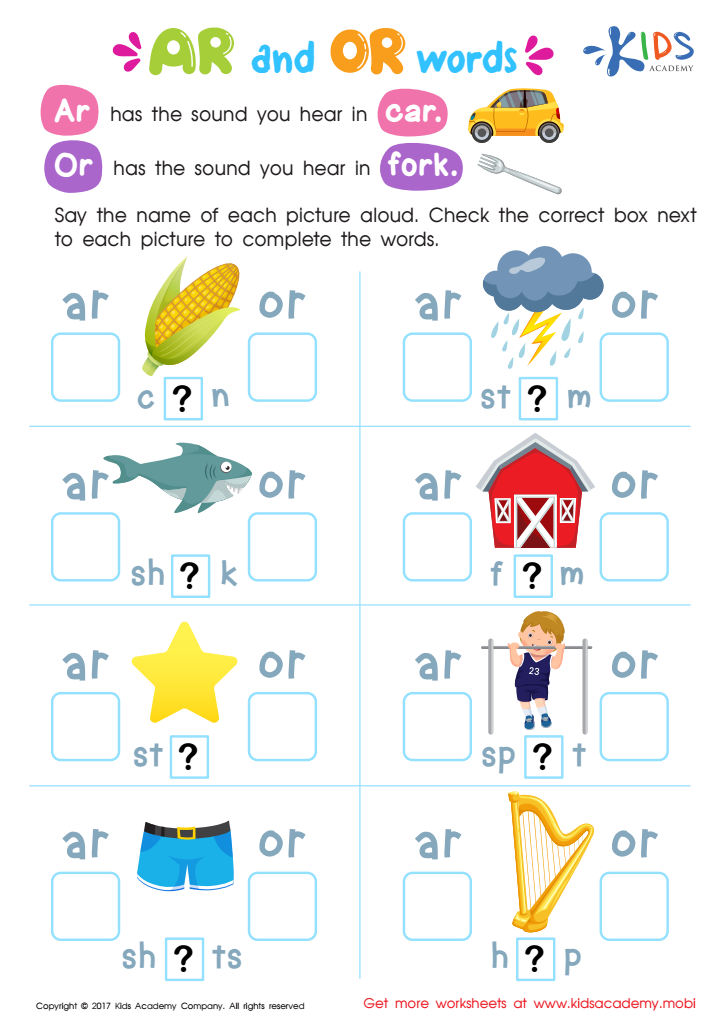

Ar and Or Words Phonics Worksheet
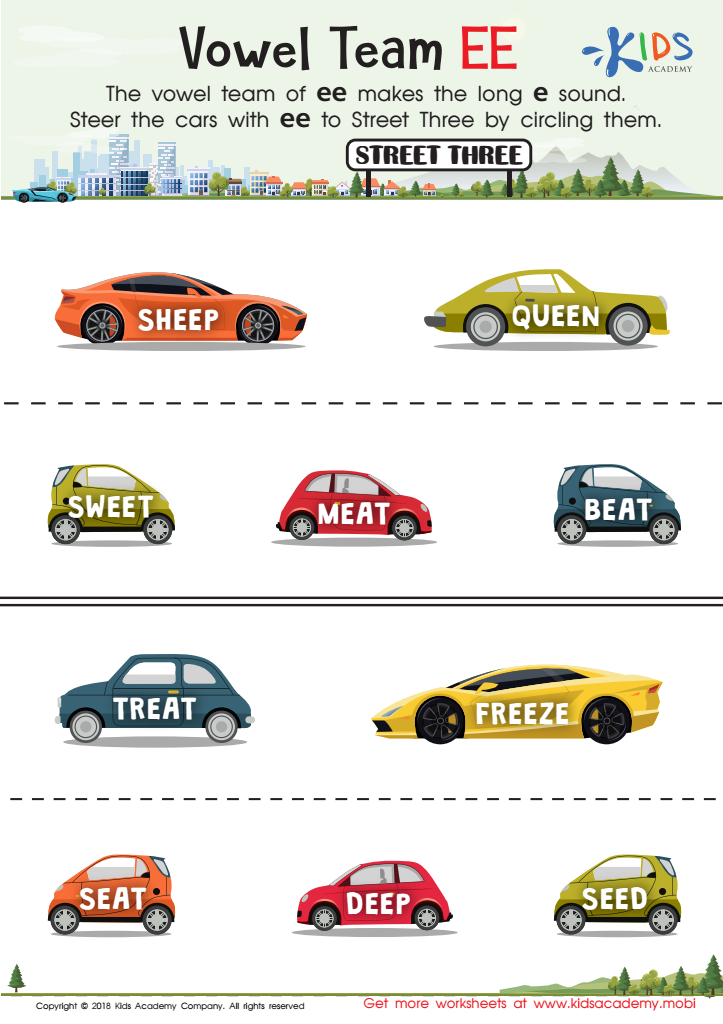

Vowel team ee Worksheet
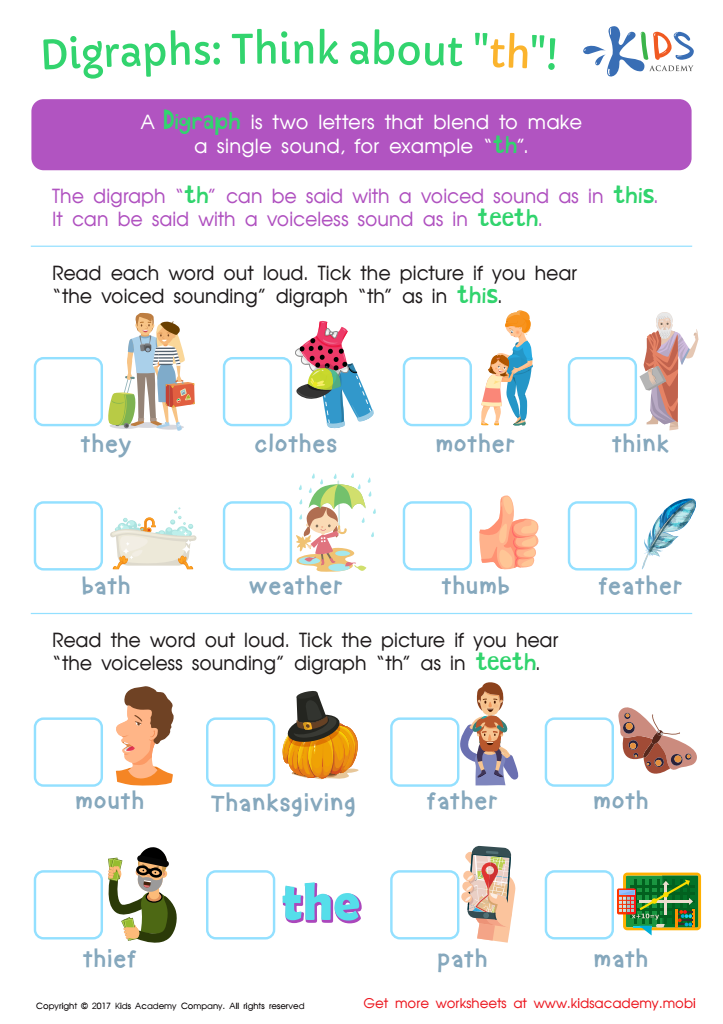

Digraphs: Think About "th" Worksheet
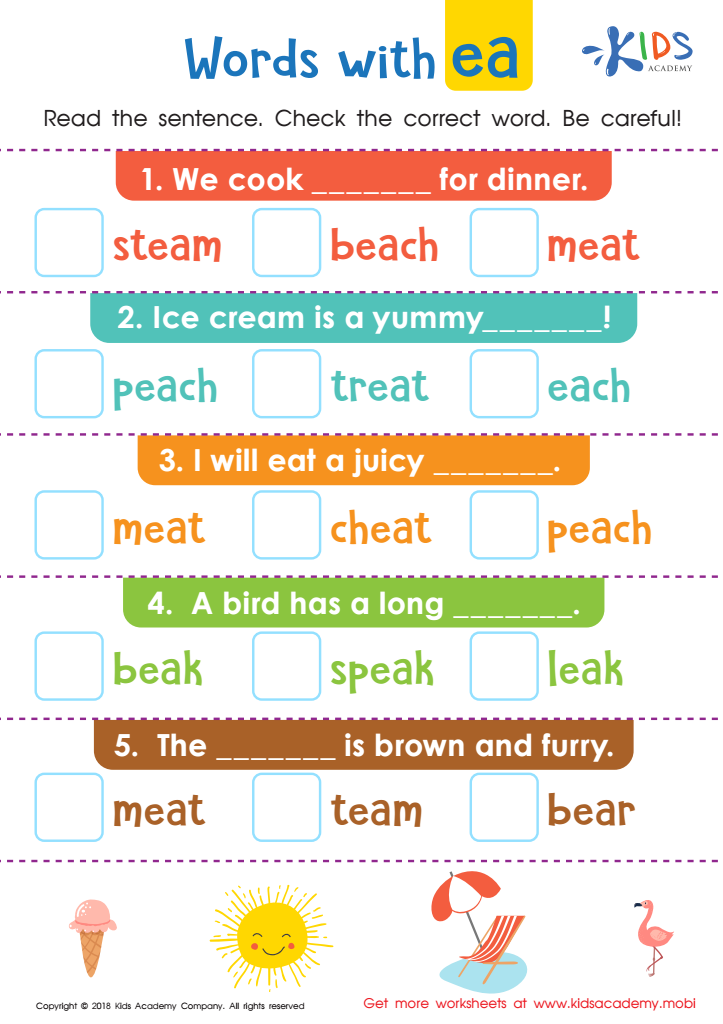

Words with ea Worksheet
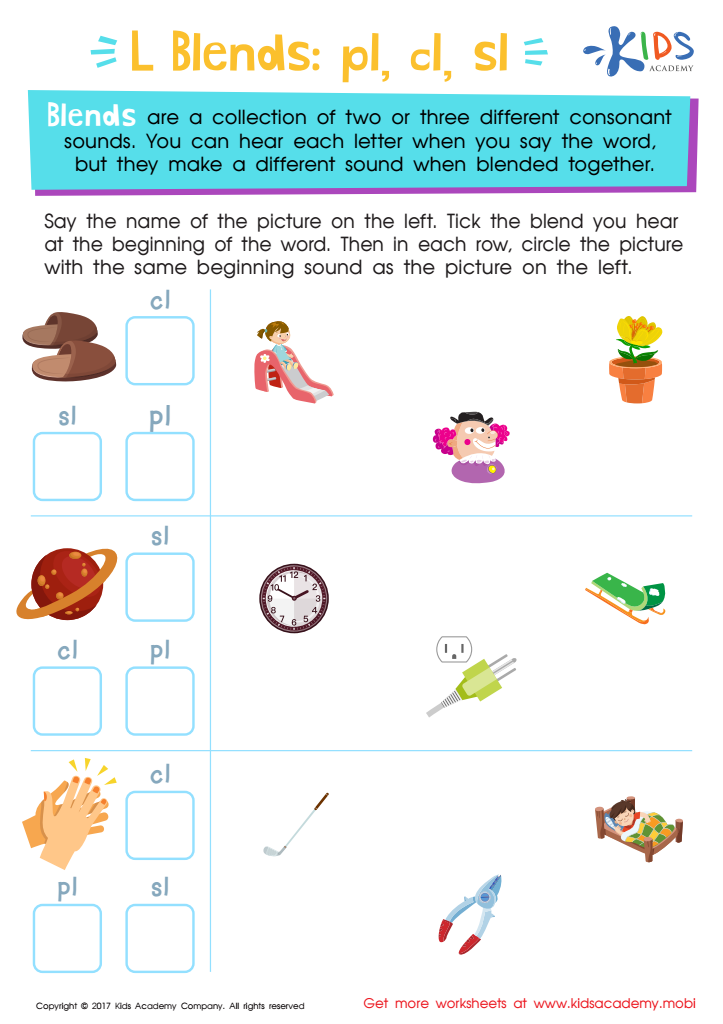

L Blends: "Pl", "Cl" and "Sl" Printable
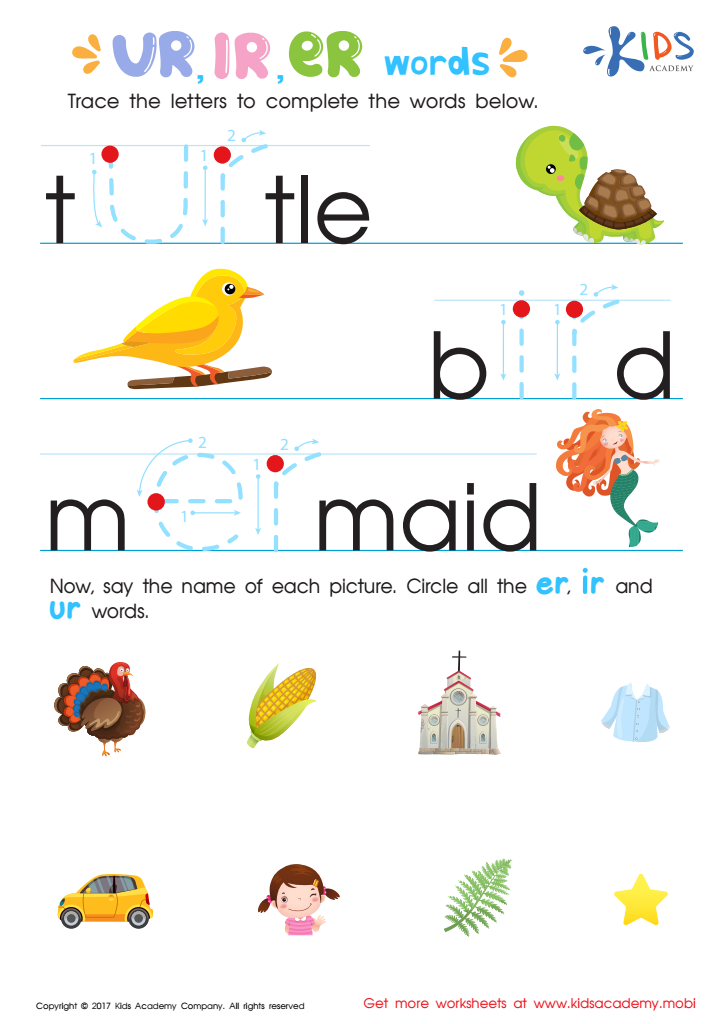

IR UR ER Words Worksheet
Vocabulary enhancement through Normal Two Letter Phonics is crucial for children aged 7-9 as it lays the foundation for effective reading and communication skills. At this developmental stage, children are not just decoding words; they're starting to comprehend more complex texts and express their thoughts clearly. By focusing on phonics that involve two-letter combinations, children learn to recognize common sounds and patterns, dramatically improving their ability to read unfamiliar words with confidence.
Furthermore, a robust vocabulary positively influences academic performance across all subjects. When children can articulate ideas well, they participate more effectively in discussions and demonstrate better writing abilities. Enhanced vocabulary also correlates to improved comprehension skills, allowing students to grasp deeper meanings in texts.
For parents and teachers, actively engaging in vocabulary enhancement aligns with fostering a love for learning. It empowers children to explore new ideas, enhances critical thinking skills, and equips them for a future where effective communication is paramount. Ultimately, investing time in vocabulary development during these formative years cultivates lifelong learners who are better prepared for the challenges and opportunities in their educational journeys. Thus, every effort spent on this phonetic approach is an essential building block for children's future success.
 Assign to My Students
Assign to My Students

